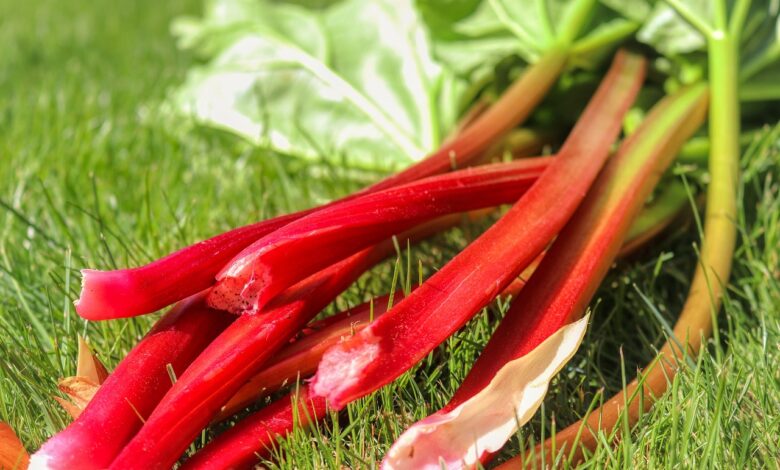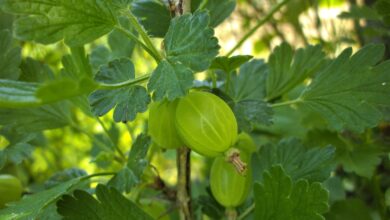Rhubarb: Health Benefits and Harms

Despite its similarity to a weed, rhubarb has medicinal properties and is used in cooking, medicine and even cosmetology. How useful it is and whether it does any harm to the body, as well as how to eat and store rhubarb at home, Komsomolskaya Pravda will tell you.
The history of rhubarb in nutrition
The first mention of a plant that was actively used in medicine is found in Chinese chronicles in 2700 BC. Initially, rhubarb grew in China, Mongolia, Siberia, Southeast Asia. Later, the main market was Türkiye. Since 1640, rhubarb began to be supplied to England.
Rhubarb has been known in Russia since ancient times. The most common use of this plant in those days was the creation of tinctures from it for diseases of the gastrointestinal tract. However, due to the pleasant taste of the cuttings, rhubarb is increasingly being used in cooking. The stems were used for food, and the roots were used to prepare medicines.
Composition and calorie content of rhubarb
For the most part, rhubarb is made up of water. Malic acid gives this plant a sour taste.
The composition contains rutin, pectin, dietary fiber, B vitamins, beta-carotene, macro- and microelements. Rhubarb has a low sugar content of about 2%.
| Calories per 100 grams | 21 kcal |
| Squirrels | 0.8 g |
| Fats | 0.2 g |
| Carbohydrates | 2.6 g |
Rhubarb is a good source of vitamin K1, providing up to 37% of the Daily Value per 100-gram serving. Contains vitamin C, potassium, folic acid. Like other fruits and vegetables, it is rich in fiber. Although rhubarb contains a high amount of calcium (15% of the Daily Value), it predominates in the form of the antinutrient calcium oxalate. In this form, our body cannot effectively absorb it.
The benefits of rhubarb
For its beneficial properties and pleasant taste, rhubarb is considered the most valuable vegetable plant for maintaining good health. It has an anti-inflammatory and antimicrobial effect, fills the body with energy and strengthens it. Is a source of antioxidants.


Rhubarb can significantly improve food tolerance and relieve gastrointestinal dysfunction in patients. It also belongs to the group of natural foods whose phytochemicals almost prevent or slow down the onset of Alzheimer’s disease.
Benefits of rhubarb for women
Rhubarb improves the condition of the skin, hair, nails. Supports tissue elasticity, fights dandruff and excess head fat. Helps reduce pain during the menstrual cycle. The content of a large amount of vitamins in rhubarb helps pregnant women during the period of growth and development of the fetus.
Benefits of rhubarb for men
Men are advised to consume rhubarb to prevent heart disease. In addition, it reduces the possibility of blood clots, cleans the walls of blood vessels, strengthening them. It is also advisable to use this product in diseases of the prostate.
Benefits of rhubarb for children
Rhubarb will bring no less benefit to children. It improves immunity, strengthens the growing bones of the child, has a positive effect on vision, and improves appetite.
Rhubarb is a good laxative for children as it has a gentle effect without upsetting digestion.
Harm of rhubarb
For all its merits, rhubarb is contraindicated in gout and kidney stones. Caution should be taken with rhubarb for people suffering from hemorrhoids.
It is not recommended to eat rhubarb for hypertension, pancreatitis, peptic ulcer.
Rhubarb is one of the richest dietary sources of calcium oxalate, the most abundant form of oxalic acid in plants. Too much calcium oxalate can lead to a condition characterized by the accumulation of calcium oxalate crystals in various organs. These crystals can form kidney stones and lead to kidney failure, adds Raisa Zhmareva.
In order for the plant to be beneficial and not create a danger to the body, it is worth using it no more than 2-3 times a week.




